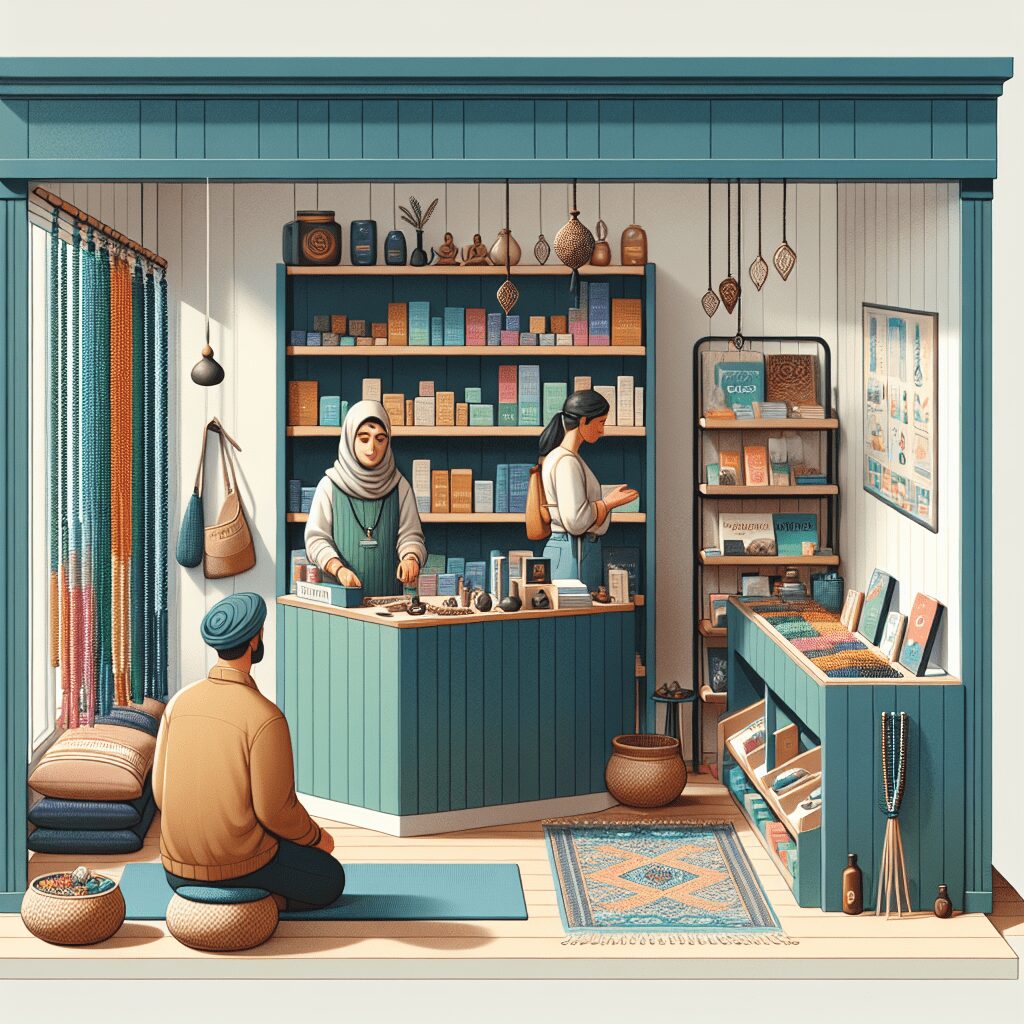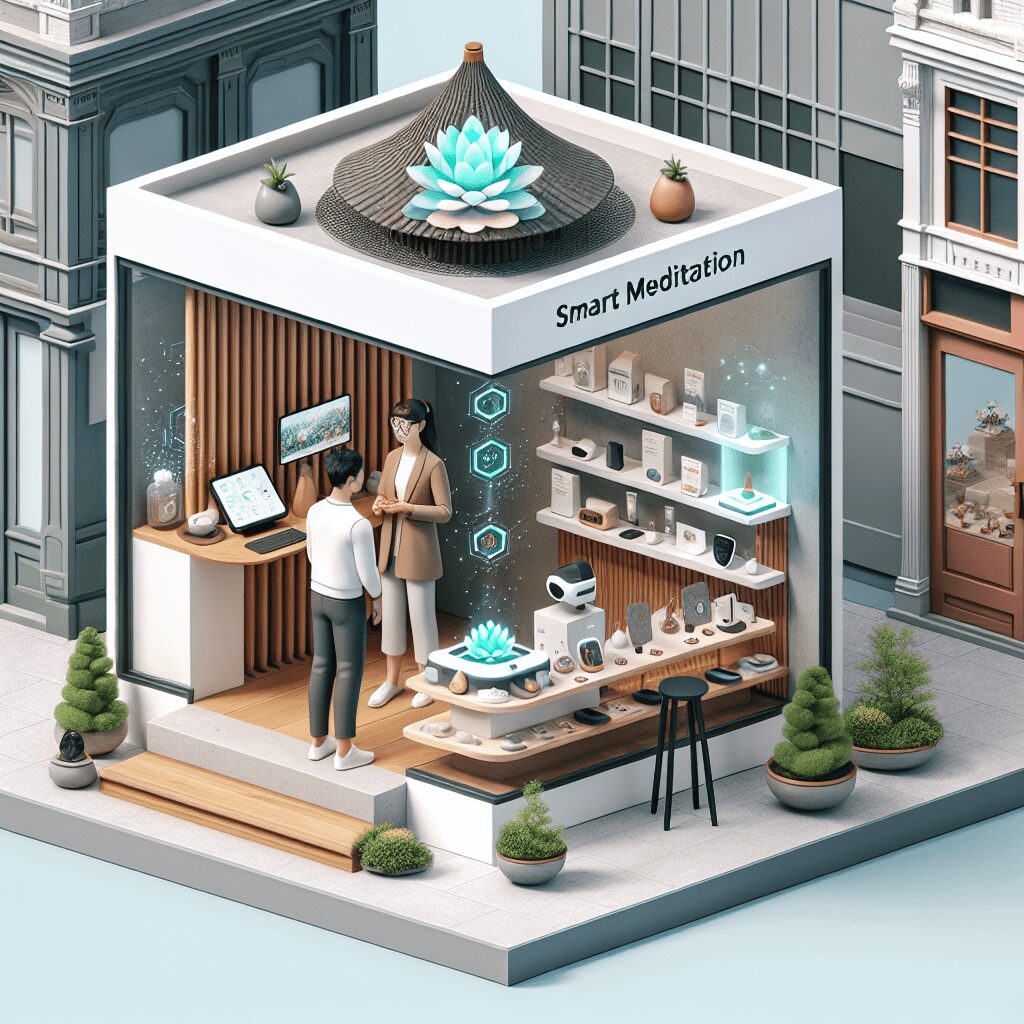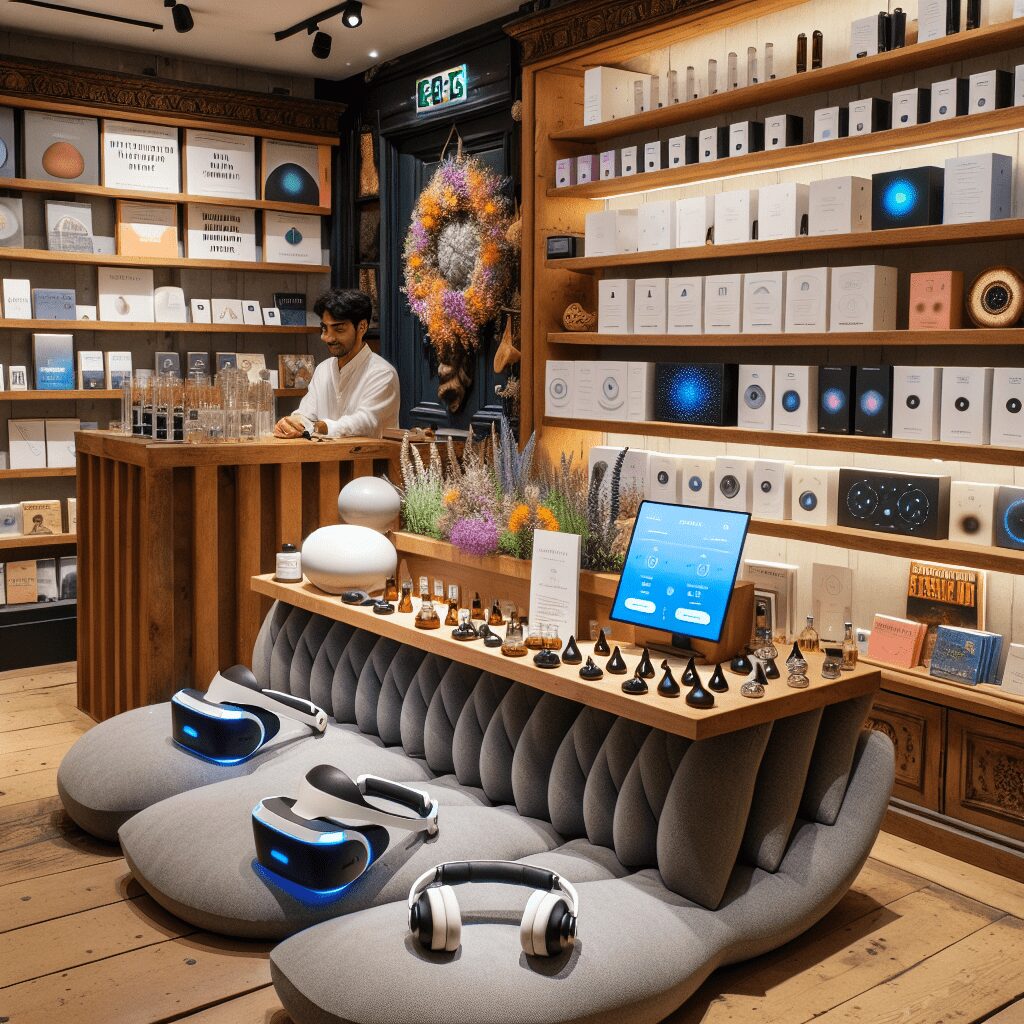
Prioritize your mental well-being daily. Enhance your life by nurturing your mental health with the Smart Meditation app. Break free from stress, alleviate anxiety, and enhance your sleep quality starting today.
Can Yellow Walls Cause Anxiety?
The Psyche Behind Hue: Do Yellow Walls Influence Our Mood?
Ever walked into a room and instantly felt a wave of emotion? Perhaps a soothing calm in a lavender-scented bedroom or an unexplainable surge of energy in a sun-kissed, yellow kitchen. It’s no secret that colors can wield a powerful influence over our emotions and behavior. Indeed, the field of color psychology has dedicated extensive research to this very phenomenon. But, as we dive into the sunny realm of yellow, an intriguing question emerges: Can yellow walls induce anxiety?
The Sunshine and Shadow of Yellow: A Dual Influence
Yellow, often associated with the brightness of sunshine, signifies happiness, optimism, and inspiration in its best light. However, it’s a color that certainly doesn’t shy away from contradiction. As much as it can be uplifting, an overabundance or the wrong tone can seemingly perform a volte-face, triggering feelings of frustration, anger, or even anxiety. But why does this color of cheerfulness and creativity have such a Jekyll and Hyde personality?
The Stimulus of Sunshine
For starters, yellow is an inherently stimulating color. It grabs our attention more than any other color in the spectrum—a trait that explains its common use in cautionary signs and advertisements. In small doses, this stimulation can boost our mood and creativity. However, when splashed generously across a room’s walls, it can overstimulate the senses, especially in a brightly lit environment. This can lead to feelings of agitation or anxiousness, especially in individuals predisposed to anxiety.
A Question of Hue
Moreover, the specific shade of yellow matters a great deal. Soft, pastel yellows can impart a serene, calming atmosphere, while neon or overly bright yellows might feel overwhelming, contributing to a sense of unease or anxiousness. The context of the room plays into this effect as well. High-energy areas such as kitchens might benefit from the lively vibes of a sunny yellow, whereas it might be too much for a bedroom where relaxation is key.
Listen to the Room
So, if you’re contemplating painting your walls yellow, take a beat to listen to what the room is saying. Consider factors like natural lighting, room size, and the general purpose of the space. A study or creative workspace might flourish with the dynamism of yellow, while a bedroom might call for a softer, more subdued shade for a tranquil retreat.
Yellow: Handle With Care
In conclusion, while yellow can indeed be a double-edged sword, wielding the power to both uplift and unsettle, it doesn’t mean you should shy away from it altogether. Like any good thing, moderation is key. By choosing the right shade and considering the room’s function, yellow can be a delightful addition to your home’s palette without inadvertently turning it into a pressure cooker of anxiety. Remember, color is a personal journey—what works for one may not for another. So, don’t be afraid to experiment, but do so with a thoughtful approach to ensure your home remains your sanctuary, not the source of your stress.





